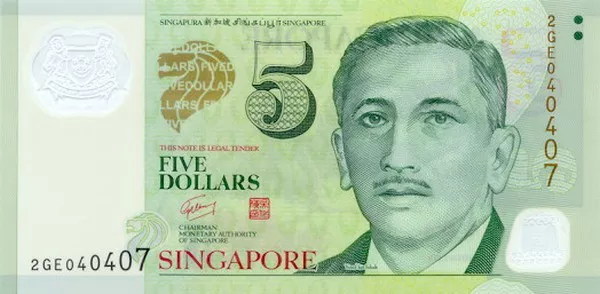The Brunei dollar’s peg to the Singapore dollar has been a longstanding monetary arrangement that has contributed to economic stability and facilitated trade between Brunei Darussalam and Singapore. In this article, we delve into the reasons behind the peg and explore its benefits and implications. By understanding the factors driving this exchange rate regime, we gain insights into the economic and geopolitical considerations of both countries.
Historical Background
a. Historical Ties: Brunei and Singapore share a history of close economic and cultural ties. The two countries have maintained cordial relations since Brunei gained independence in 1984, with both nations being members of the Association of Southeast Asian Nations (ASEAN).
b. Currency Agreement: The Brunei dollar’s peg to the Singapore dollar was established in 1967 under a Currency Interchangeability Agreement. This agreement allows for the mutual acceptance of Brunei and Singapore currencies at par value, facilitating ease of transactions between the two nations.
Economic Stability and Monetary Policy
a. Ensuring Stability: The peg to the Singapore dollar helps to ensure economic stability in Brunei by providing a fixed exchange rate and reducing volatility in foreign exchange markets. This stability supports investor confidence and facilitates trade and investment between the two countries.
b. Monetary Coordination: The peg to the Singapore dollar allows Brunei to benefit from Singapore’s well-regarded monetary policy framework, which includes prudent fiscal management and an independent central bank. Singapore’s robust financial system and effective monetary policy contribute to stability in the region, benefiting Brunei’s economy.
Trade and Investment Facilitation
a. Simplified Transactions: The currency peg simplifies trade and investment transactions between Brunei and Singapore. Businesses can seamlessly conduct cross-border transactions without the need for currency conversion, reducing transaction costs and promoting economic integration.
b. Enhanced Market Access: The peg to the Singapore dollar provides Brunei businesses with increased access to the larger Singaporean market. It eliminates exchange rate uncertainties and reduces the risks associated with fluctuating exchange rates, fostering bilateral trade and economic cooperation.
Geopolitical Considerations
a. Regional Stability: The peg to the Singapore dollar enhances regional stability and economic cooperation within Southeast Asia. It promotes trust and collaboration between Brunei and Singapore, fostering a sense of economic solidarity within the ASEAN region.
b. Diversification Benefits: By pegging to the Singapore dollar, Brunei diversifies its currency risk exposure. The Singapore dollar’s stability and global recognition offer an alternative to relying solely on the Brunei dollar, providing a safeguard against external economic shocks.
Future Implications and Flexibility
a. Monetary Sovereignty: While the peg to the Singapore dollar provides stability and economic benefits, it also limits Brunei’s monetary sovereignty. It requires Brunei to align its monetary policy decisions with those of Singapore, limiting its ability to independently manage its currency in response to domestic economic conditions.
b. Flexibility and Re-evaluation: Although the peg has remained in place for several decades, there may be circumstances that warrant a re-evaluation of the exchange rate regime. Changes in economic dynamics, geopolitical shifts, or evolving trade patterns may lead to a reassessment of the peg’s effectiveness and potential adjustments in the future.
Conclusion
The Brunei dollar’s peg to the Singapore dollar has played a crucial role in promoting economic stability, facilitating trade, and enhancing regional cooperation. It provides Brunei with a stable exchange rate and access to Singapore’s well-regarded monetary policy framework. The peg simplifies transactions, fosters economic integration, and reduces currency risk for businesses in Brunei and Singapore. However, it also limits Brunei’s monetary independence and requires careful consideration of future implications. As economic landscapes evolve, periodic reassessment of the peg’s effectiveness may be necessary to ensure its continued relevance and benefits for both countries.


